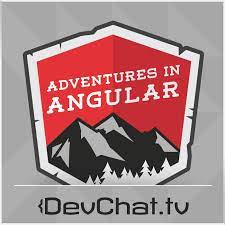Talks
Angular and OAuth 2.0: Field Notes
Catch me, if you can! - HTTP error handling in Angular
Flexible Data Flow Architecture in Angular
Web applications are there to move data around in a useful and user-friendly way. Being quite opinionated, Angular defines its own data flow rules and provides specific ways to pass it around. You are probably already thinking about input and output binding and services, but it’s just the tip of the iceberg! I’ve counted more than 15 interaction options in total!
Let’s zoom out and have a look at the general principles rather than going into implementation of specific features. In this talk we are going to structure ways of information sharing across your app and discuss the underlying design patterns.
Being able to chose how you organise your data flows allows you to adjust the implementation to your use case. We will explore some examples where you can vary the degree of flexibility depending on the way you structure your components and services. However, with great flexibility comes great responsibility. So we will also touch upon the strengths and weaknesses of each data sharing approach.
Tools and methods to accelerate frontend development
„A 10x developer is an individual who is thought to be as productive as 10 others in his or her field. The 10x developer would produce 10 times the outcomes of other colleagues, in a production, engineering or software design environment.“ Do you want to become one?
In my talk I’m going to address concepts, tooling, and step-by-step automation for faster frontend development. You will learn how you can speed up your software delivery and make it more efficient. After all, 10x development is not only about skills but also about the right processes and tools.
Decoupling web dev relationship
Reactive Error-Handling in Angular
Tools and frameworks to speed up software development
„A 10x developer is an individual who is thought to be as productive as 10 others in his or her field. The 10x developer would produce 10 times the outcomes of other colleagues, in a production, engineering or software design environment.“ Do you want to become one?
In my talk I’m going to address concepts, tooling, and step-by-step automation for faster frontend development. You will learn how you can speed up your software delivery and make it more efficient. After all, 10x development is not only about skills but also about the right processes and tools.
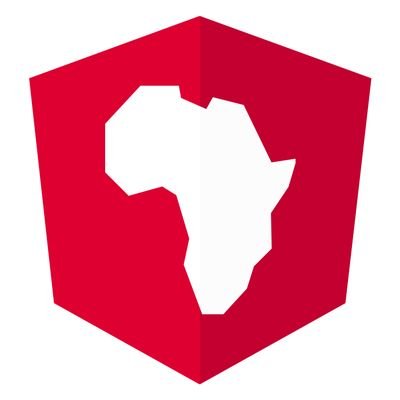
Superpowers of InjectionTokens in Angular
Angular Africa

Fake it till you make it - how to mock backend responses in Angular applications
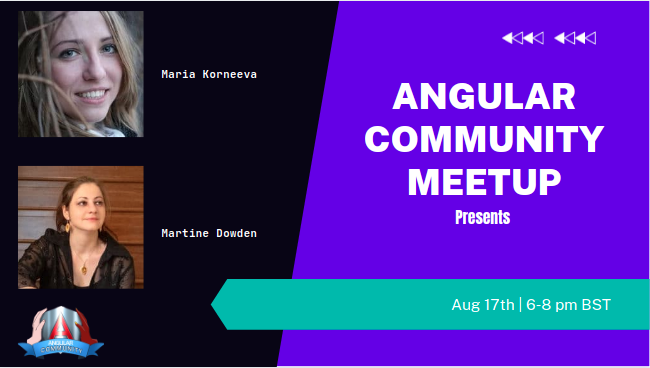
Frontend Technology Radar
What is a Technology Radar and why do you need one?
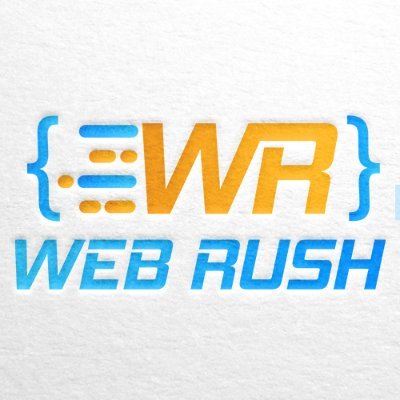
Building a Technology Radar

Crafting Frontend Strategy
Predicting future is hard, yet every December we see plenty of blogs with titles like “Web Development Trends ”. Are they reliable enough to use them in your business forecast?
In this talk I’m going to share my insights in crafting frontend strategy for a mid-sized IT company. You will learn about my way to tackle velocity and diversity of frontend technologies at the enterprise level. I want to discuss with you the “whats”, “whys” and “hows” of strategising, including some struggles that I faced, e.g. the soft “border” to other tech topics such as API & services, DevSecOps etc…
Challenging? Someone said challenging? So, let’s roll up the sleeves!

How to speed up frontend development

What web can do today? Speaking about web capabilities
Frontend development isn’t easy these days: Javascript, Typescript, CSS preprocessors, cross-device and cross-browser compatibility, ally, i18n, frameworks, frameworks, frameworks… Need some offline functionality? Then you should look into PWAs. Do you want access to the camera? Get involved and deep dive into the world of hybrid apps… But does it always have to be so complicated? For example, did you know that <input type=”file” /> is sufficient for the user to select files from their device’s file system or to take a new picture with the device’s camera? In my talk I will demonstrate different features of the web platform and the capabilities of HTML5 and Web APIs, such as: B. geolocation, offline mode, speech recognition, etc. I will provide code examples and address current limitations and implementation constraints.

Scalable solutions with InjectionTokens in Angular
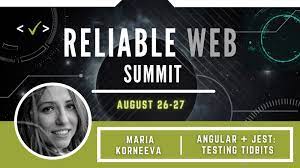
Angular + Jest: Testing Tidbits
Slides

Dependency Injection and “the new” inject()
